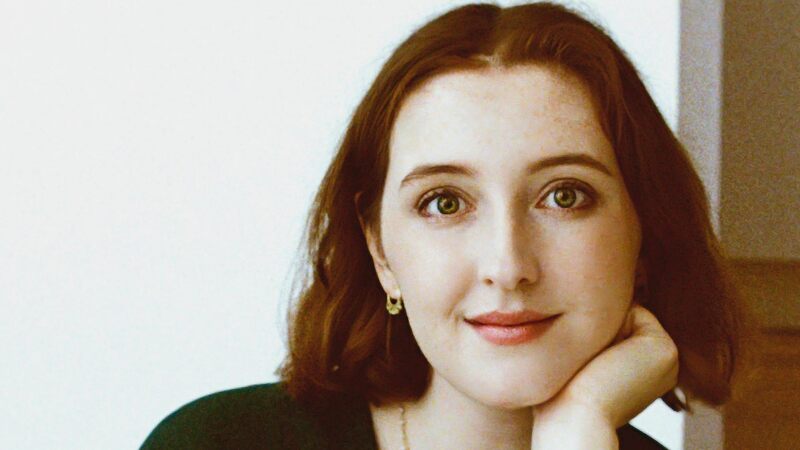You are viewing your 1 free article this month. Login to read more articles.
The Diamond Queen
She is a small woman with a globally familiar face, a hundred carat smile – when she chooses to turn it on – and a thousand years of history at her back. She reigns in a world which has mostly left monarchy behind, yet the result of her reign is that two-thirds of British people assume their monarchy will still be here in a century’s time. She is wry and knowing, but she feels a calling. She can brim with dry observations but she seems empty of cynicism. She is not a natural public speaker.
Try following her about for a few months, from trade-based missions overseas to visits to small towns and hospitals, and you will discover it is a surprisingly gruelling routine. It includes grand ceremonial occasions and light-footed, fast moving trips to meet soldiers, business people, volunteers and almost every other category one can imagine. It eats up evenings and involves the patient reading of fat boxes of heavily serious paperwork, oozing from the government departments who work in her name. In Whitehall, where they assess the most secret intelligence as it arrives, the Queen is simply ‘Reader No. 1.’
It has been a life of turning up. But turning up is not to be underestimated. The Queen has a force-field aura that very few politicians manage to project. There is an atmospheric wobble of expectation, a slight but helpless jitter. When she turns up, people find their heart-rate rising, however much they try to treat her as just another woman. Somehow, despite being everywhere – in news bulletins, on postage stamps and front pages – she has managed to remain mysterious.
…
The British Queen’s authority is more like a quiet growl from ancient days, still quietly thrumming and mysterious. She stands for the state – indeed, in some ways, at least in theory, she is the state. She is the living representative of the power structure that struggles to protect and sustain some 62 million people, and another 72 million in her other ‘realms’.
She is not the symbol of the people. How could she or anyone represent the teeming millions of different ethnic groups and religions, of every political view, shape, bias and age? Her enthusiasm for the Commonwealth of nations, which is not the private passion of many British politicians, has made her more interested in the lives of the new black and Asian Britons than one might expect. Receptions at Buckingham Palace are generally more socially and ethnically mixed than they are at Downing Street, or in the City. She is at her most relaxed and smiling with young people, nervous people and unflashy people. Watching her at official occasions, it is clear that the chores are the grand dinners and speeches.
She is the symbol of the authority which drives the state servants and laws – the elections, armies, judges and treaties which together make modern life possible. For sixty years she has appeared to open her Parliament, to remember her nation’s war dead, to review her troops or
to attend services of her Church. She has great authority and no power. She is a brightly dressed and punctual paradox: the ruler who does not rule her subjects but who serves them.
The Queen stands for continuity. This is a dull word, but when asked what the Queen is really about, ‘continuity’ is the word used most often by other members of the royal family, by prime ministers, archbishops and senior civil servants. What do they mean? A constitutional monarchy claims to represent the interests of the people before they elected this government, and after it has gone. It remembers. It looks ahead, far beyond the next election.
…
For most of us the Queen seems always to have been there. She has done her job so well it has come to seem part of the natural order of things, along with the seasons and the weather. One day, of course, she won’t be there. Then there will be a gaping, Queen-sized hole in the middle of British life.
The Diamond Queen: Elizabeth II and her People by Andrew Marr is published by Pan Macmillan.















